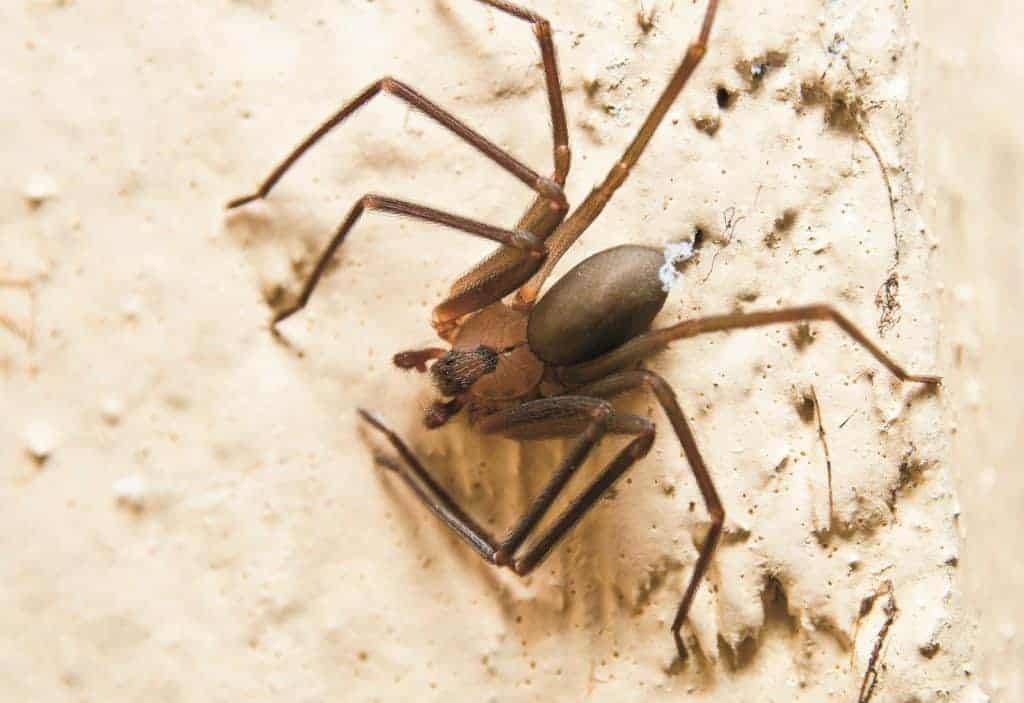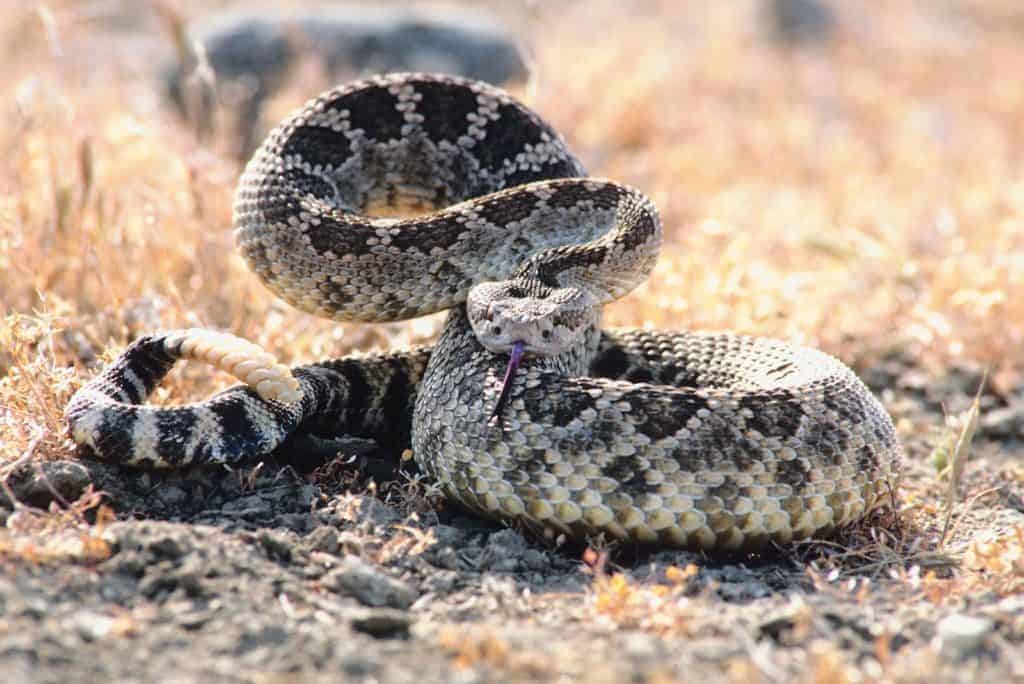
Poll Recap: Unwanted Barn Guests
Of the 1,338 poll respondents, 682 (51%) said they use cats to control rodents in their barn and feed-storage areas.

Of the 1,338 poll respondents, 682 (51%) said they use cats to control rodents in their barn and feed-storage areas.

From toxins and molds to opossum droppings and animal carcasses, forage can contain a variety of harmful contaminants.

Find out how to prevent groundhogs, voles, and other pests from leaving horse-limb-sized holes in your pastures.

From vaccinating against disease to storing feed properly, learn how to protect your horses from pests.

Toxic reactions to bites are uncommon in horses, but when they do occur the consequences can be serious.

Bats have moved into one horse owner’s barn. Find out if that’s a good or bad thing.
Officials found trace amounts of anticoagulant rodenticide in six horses that died suddenly following exercise.

Here’s how to handle snake or spider bites should your horse have a run-in with one of these critters.

Learn about the clinical signs of snakebites and treatment options that could help affected horses recover.

Veterinarians might soon have a new “tool” to help treat equine insect bite hypersensitivity: clones.
The recording of TheHorse.com’s Ask the Vet LIVE event on mosquito-borne diseases from August 30, 2012, is now

Researchers compiled a set of best management practices to help reduce horse-related environmental pollution.
Use topical fly repellent, fly sheets, and other tactics to protect horses from flies and related diseases.
Researchers will use samples from horses with fevers of unknown origin to look for tick-borne infections.
Ticks typically begin to appear in late spring and early summer, but were reported weeks earlier this year.
The field day will take place June 5, 2012, from 4-8 p.m. CDT at Darling 888 Ranch, located in Princeton, Ky.
Stay on top of the most recent Horse Health news with
"*" indicates required fields